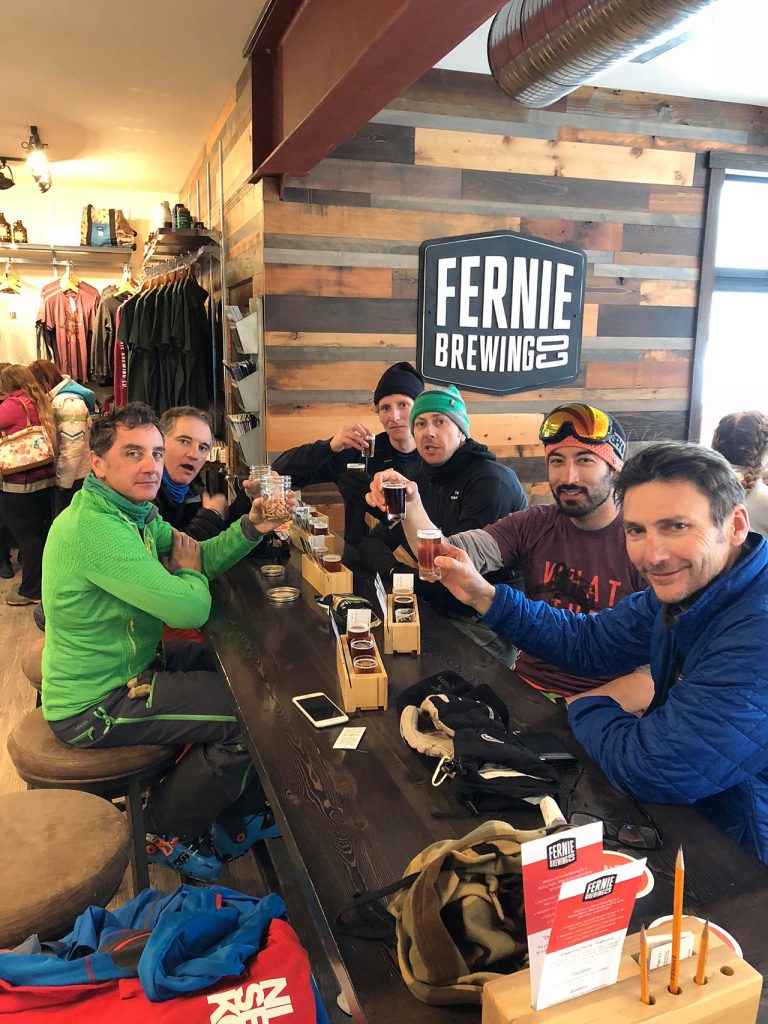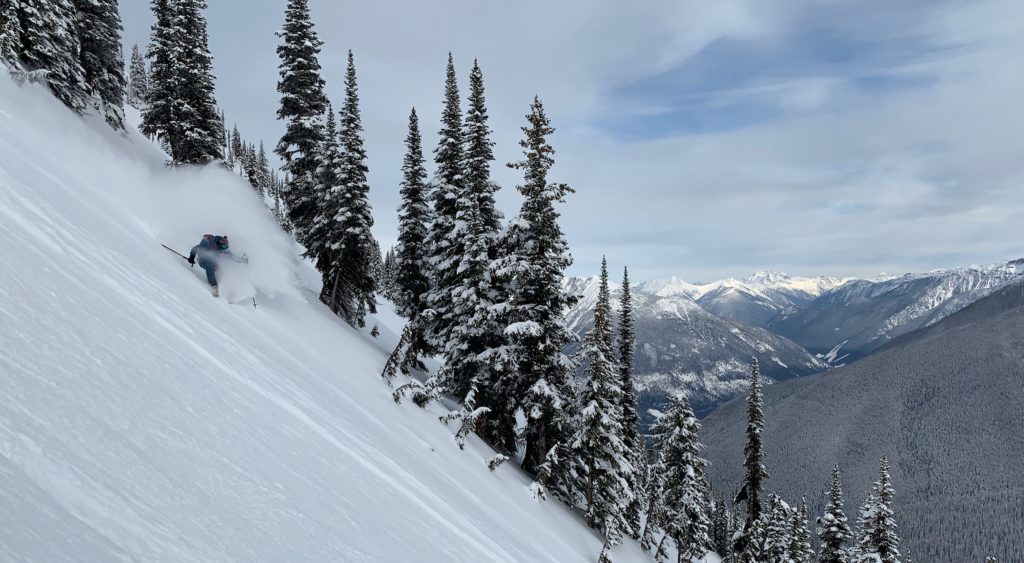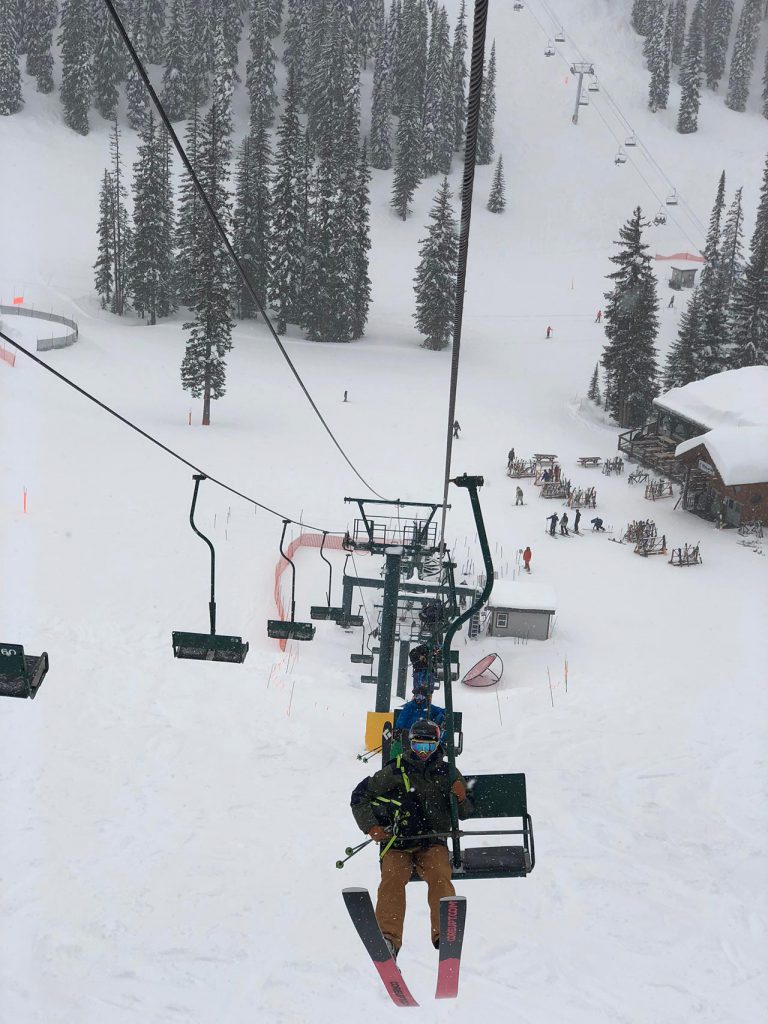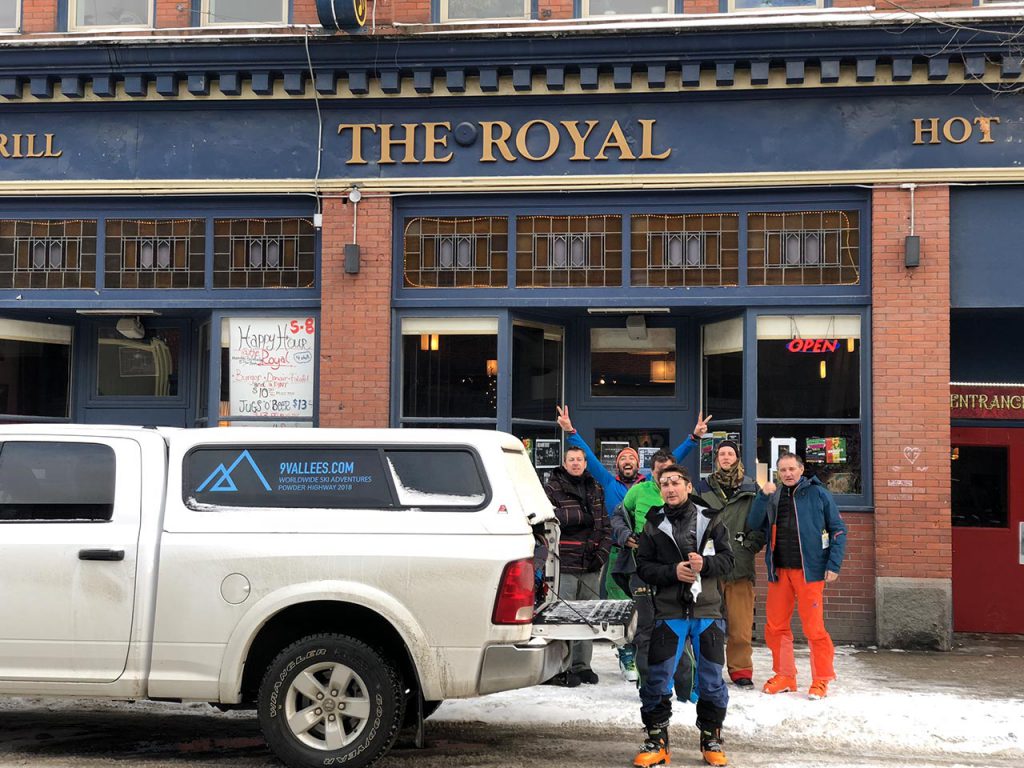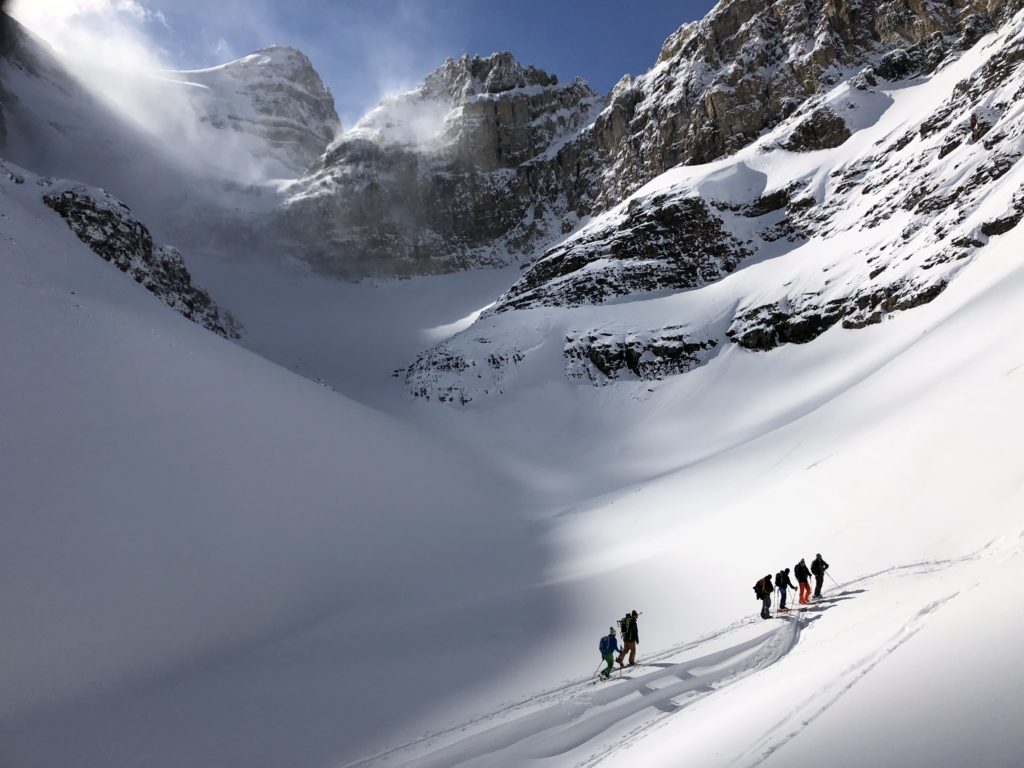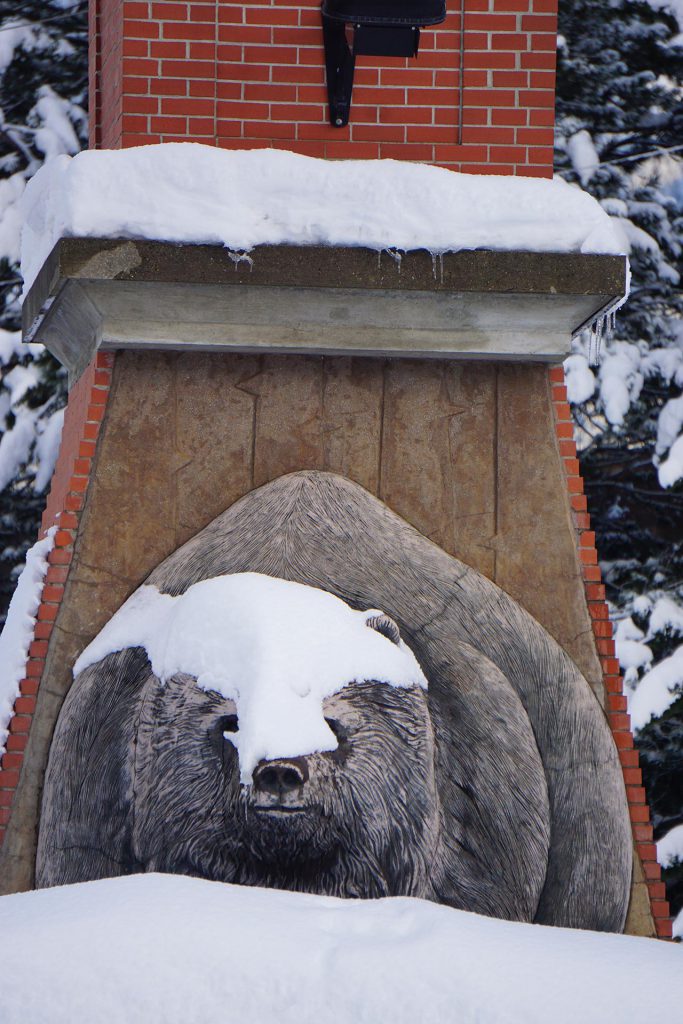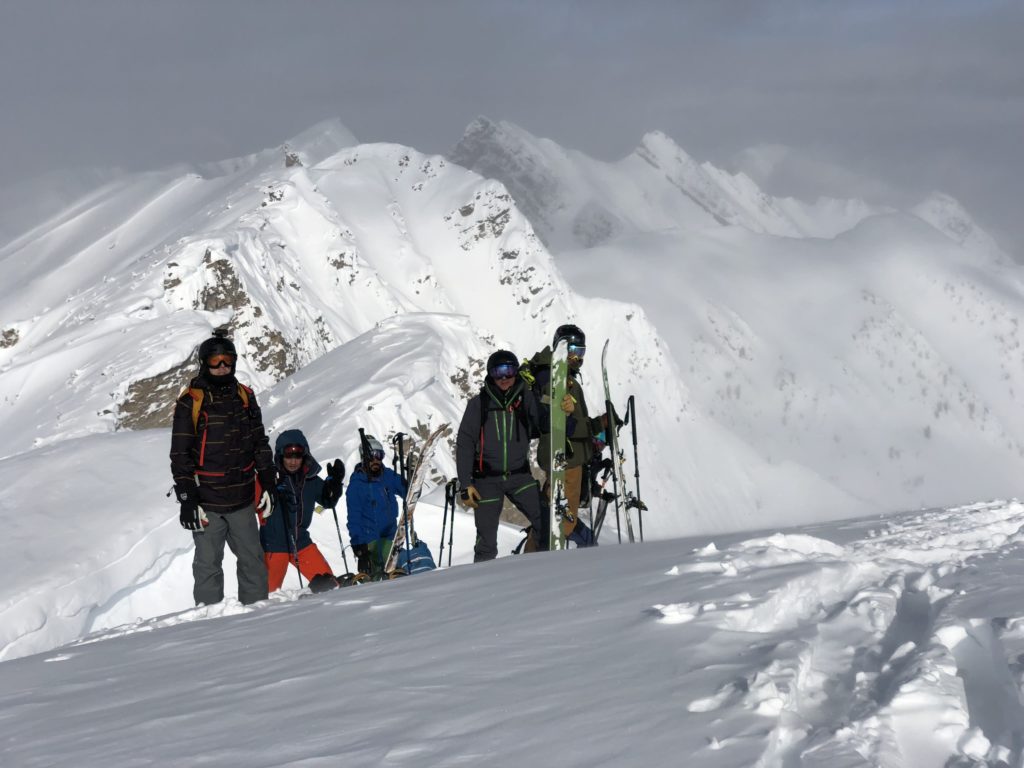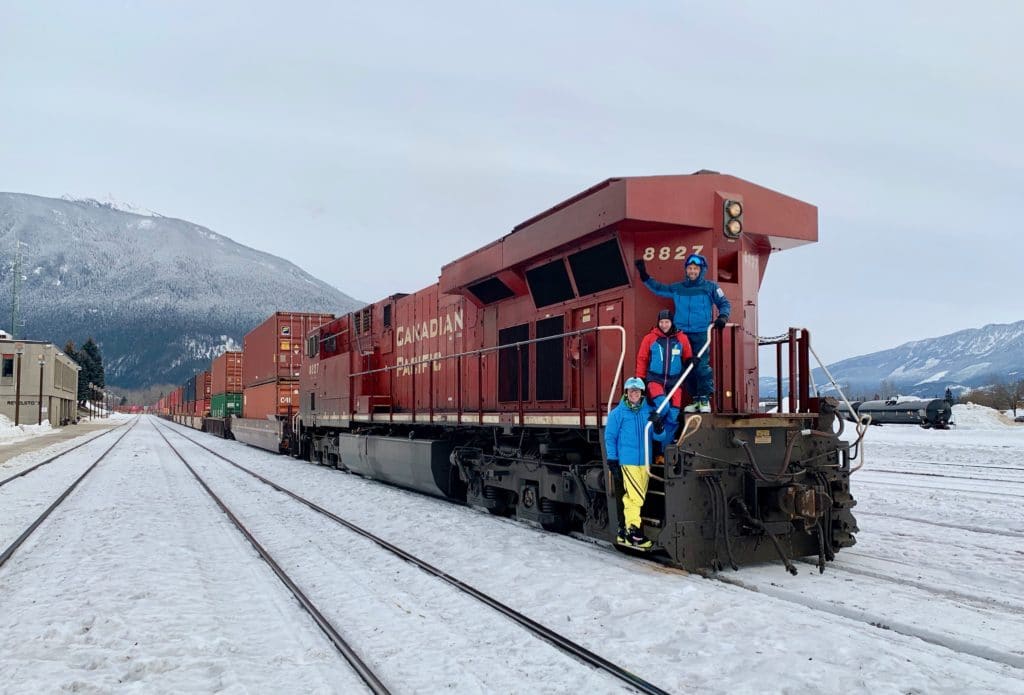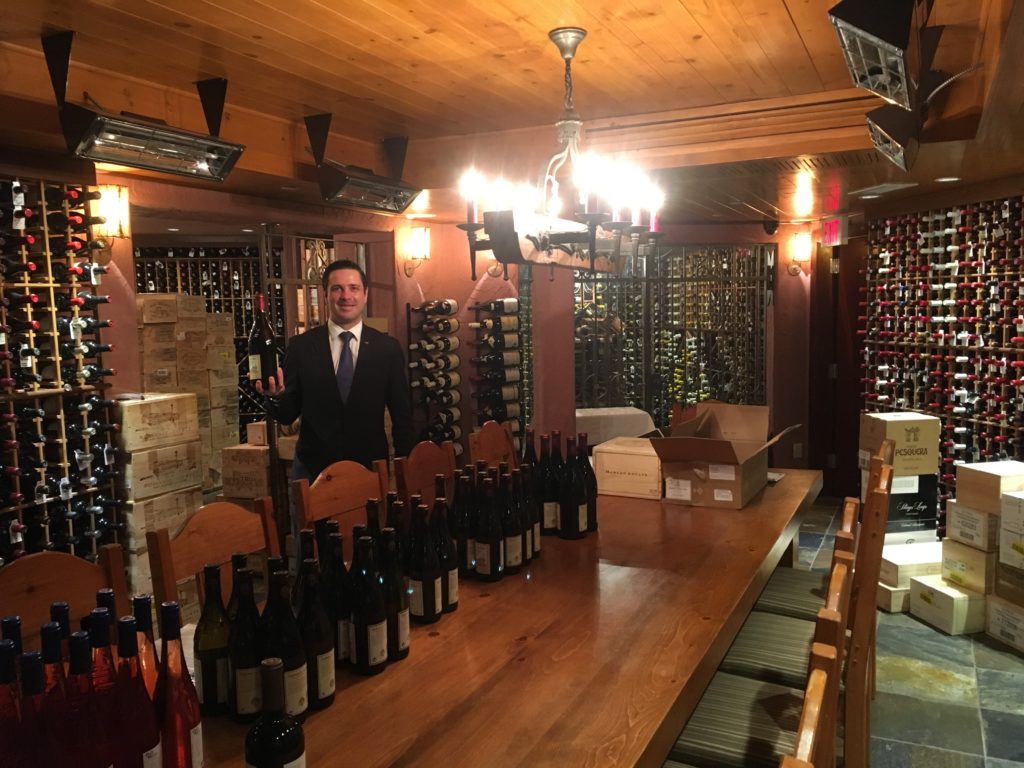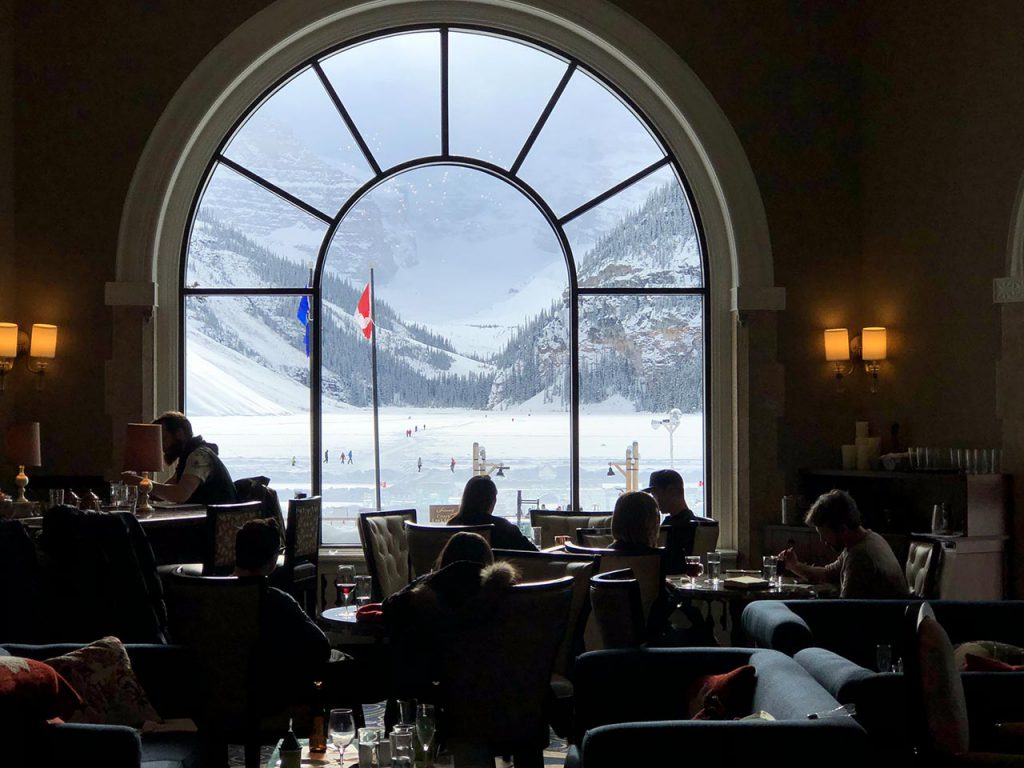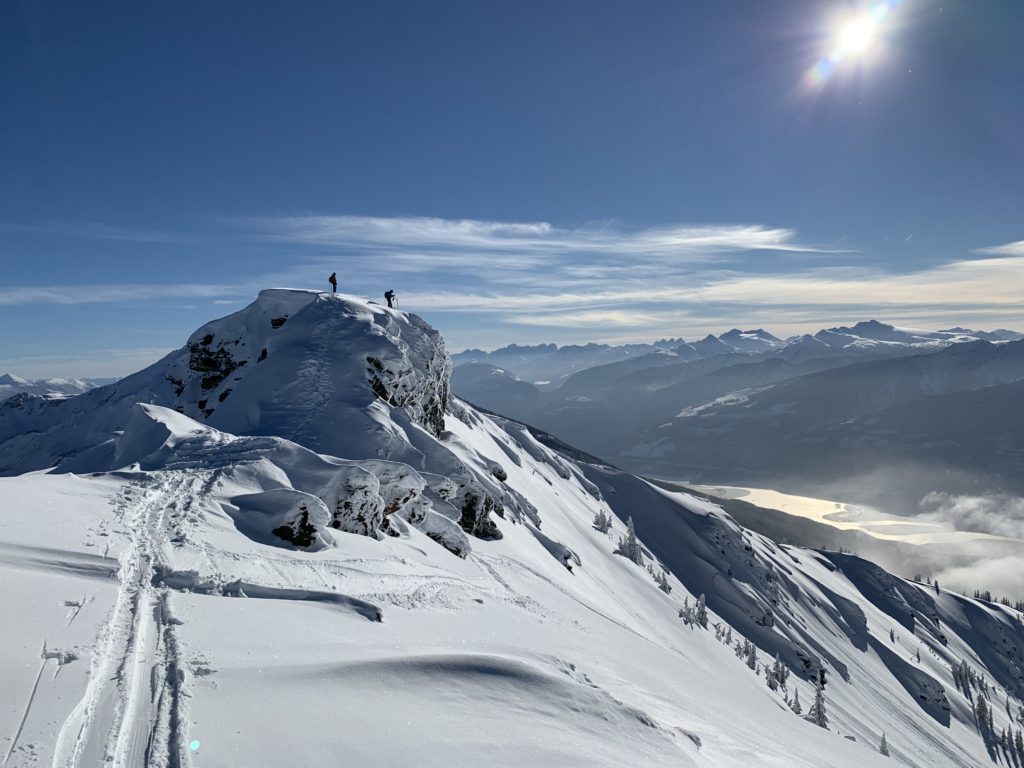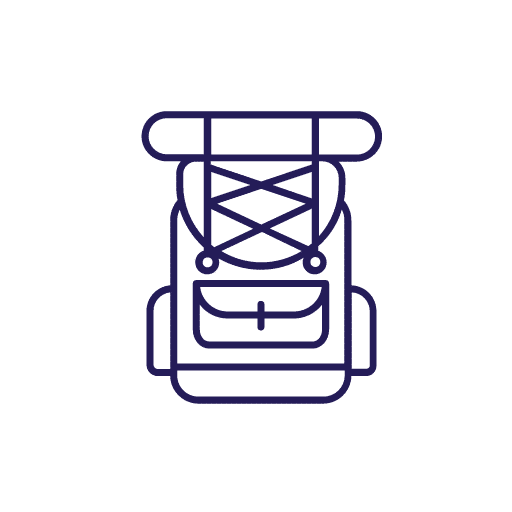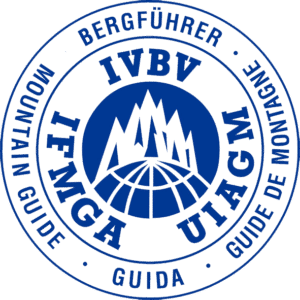fernie - whitewater - red mountain - Revelstoke - Rodgers Pass - kicking horse - banff
A unique itinerary through the legendary Selkirk, Purcell, and Monashee ranges, spanning British Columbia and Alberta.
Welcome to the Powder Highway, the legendary route winding through some of North America’s snowiest resorts. Nestled in the wild Kootenay region at the foot of the Canadian Rockies, this journey immerses skiers in a true sanctuary of powder and freeride.
Over nearly 1,300 km of exploration, you glide from secret valleys to legendary peaks, where off-piste skiing, backcountry touring, and freeride adventures unfold in truly unique conditions. At each stop, a new world opens up: the snow-laden forests of Fernie, the relaxed vibe of Nelson with Whitewater and Red Mountain as a backdrop, the vastness of Revelstoke with endless possibilities, and the steep slopes of Kicking Horse, self-proclaimed capital of “champagne powder.” Further along, the iconic Rogers Pass and the terrain around Lake Louise add an unforgettable alpine dimension to the adventure.
Here, every turn is a promise: the chance to carve your own line in deep, light, and endlessly generous snow.
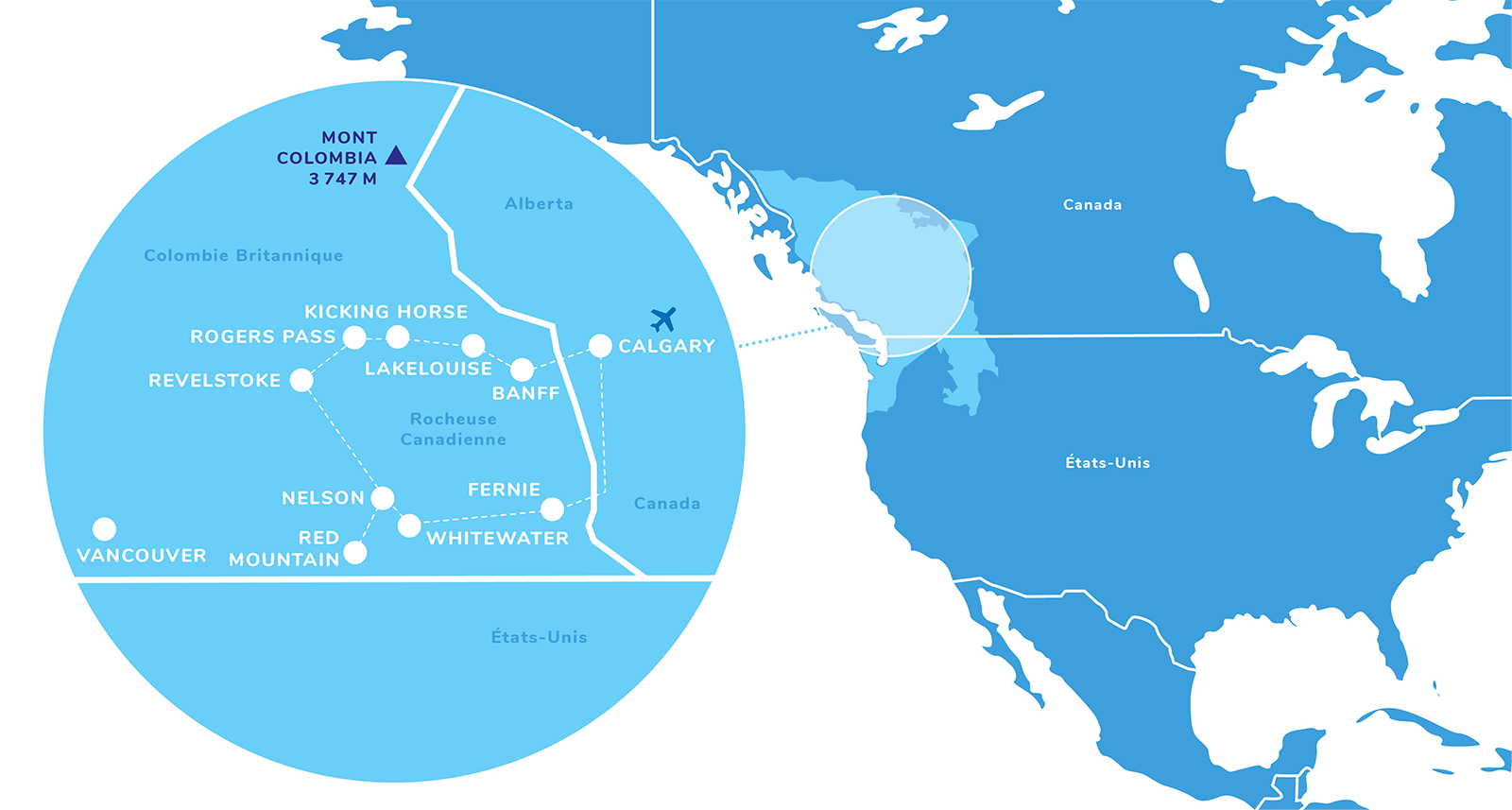
What you will do during your trip
Vous ferez 8 jours de ski hors-piste, découvrant les montagnes sauvages de l’Ouest canadien préservés par la réserve naturelle de Purcell et les Parcs Nationaux de Revelstoke et de Banff.
Réalisant des descentes de 700 à 1700 mètres de dénivelés en neige vierge, alternant pentes raides et pillows, bowls alpins et grandes forêts aux arbres idéalement espacés…
Buvant à l’occasion un verre à Nelson, petite ville hippie emblématique de la région de Kootenay. Le centre-ville grouille de petits restaurants, de cafés, de magasins indépendants et de galeries d’art.
Frequently asked questions
9V guides use and recommend backcountry skis with touring bindings from 95 mm to 120 mm wide depending on your size. Equipped with pin touring bindings with stoppers, these skis are quite light and allow you to ski with ease and save your legs in all snow conditions. We recommend backcountry / touring ski bboots with 4 hooks with 60° of travel.
If you have an avalanche device, we advise you to bring it with you. If it’s an old avalanch beacon, this will be an opportunity to check that it works well and practice with it… You may want to buy a new one afterwards. If it is brand new, it is important to use it as often as possible to familiarize yourself with how it works. Only regular training allows you to be effective when needed! If you do not have a avalanche beacon, please let us know on the registration form and we will provide it to you (depending on the destination).
SUIT CASE AND SKI BAG
As we travel by plane, boat, car or minivan, space is often limited. It is therefore preferable to have compact luggage easy to handle… We advise you to travel with a soft bag (duffel bag style) with wheels, a soft ski bbag without wheels + a separate ski boot bag (always part of your sport equipment bundle).
BACKPACK (25 / 35 liters with carrying strap for skis) for the day’s belongings, you will put:
– a warm down jacket at the bottom of the bag,
– goggles with flat light screen,
– neck warmer against the wind, the cold, the powder, the sun,
-High SPF sunscreen for face and lips
-Spare gloves if you fall often, or mittens if you’re sensitive to the cold
-Thermos for cold weather or a hydration pack for milder conditions
-Dried fruits, chocolate, energy bars
-Survival blanket, shovel, and probe
CLOTHING
You will spend much more time in ski gear than in après-ski attire.
At any time of the season, the weather can be mild and sunny—or extremely cold, snowy, or rainy.
Pack weather-appropriate clothing: During a snowstorm, skiing in the forest is fantastic. Plan an additional item of clothing to take in your backpack during the day; it will allow you to adapt to any temperature changes. The temperature varies with the elevation, around 10°C per 1000 meters. Therefore, the temperature difference between the valley and the summit can vary by 20° or more with the effect of the wind.
If you are properly equipped you will enjoy skiing whatever the weather. We ski in all weathers conditiions.
Click here to find out your level.
Program
Day 1: Arrival at Calgary International Airport > Fernie
Welcome at Calgary International Airport by your guide. Transfer by 4×4 vehicle to Fernie, the first stage of your adventure (approx. 3 hours’ drive). Check-in and overnight stay in Fernie.
Day 2 : Fernie
Warm up on the legendary Fernie ski area, famed for its 11 meters of annual snowfall and its powder-filled forests. Overnight at Fernie.
Day 3 : Fernie > Nelson
Ski à Fernie à Curry bowl et ses longues descentes dans l’axe de la pente puis 3h30 de route vers Nelson. Overnight at Nelson.
Day 4: Whitewater
Ski at Whitewater, a small resort above Nelson known for its steep runs and virtually no lift lines. A short hike allow you to reach the peaks overlooking the ski area. Overnight at Nelson.
Day 5: Red Mountain
After a short drive, hit the slopes at Red Mountain, an outstanding resort offering a spectacular playground for skiers. Here again, a short skinning session will let us reach wild terrain and ski down to the road through a series of powder pillows! Overnight at Nelson.
Day 6: Whitewater
Ski at Whitewater, then in the late afternoon drive 3 hours followed by a 20-minute ferry crossing to Revelstoke. Overnight at Revelstoke.
Day 7: Revelstoke
Ski at Revelstoke, the region’s resort of superlatives. Here, anything is possible: long alpine-style runs, heli-skiing, cat-skiing, or backcountry tours… Overnight at Revelstoke.
JOUR 8 : Revelstoke
Encore une journée à Revelstoke pour profiter de ce domaine exceptionnel puis 1h40 de route vers Golden. Overnight at Golden.
Day 9: Kicking Horse
Ski at Kicking Horse, a smaller resort that hosts the Freeride World Tour every year and is particularly renowned for its steep runs. In the late afternoon, drive 1h30 to Banff for your final evening. Overnight at Banff.
JOUR 10 : Fin du séjour
Petit déjeuner, visite de Banff et 1h30 de route vers l’aéroport. End of the trip.
Optional: possibility to extend the adventure by one or two days, upon request.
The program is subject to change depending on the conditions on the ground and the fitness of the participants.
Hotels and Huts

Hotels and Huts
We have selected comfortable accommodations at each of the five stops on this ski adventure. To make hotel changes easier, we recommend bringing practical and lightweight luggage.
HUME HOTEL AND SPA
Built in 1898 and renovated several times, the Hume combines old-world charm with modern amenities. Treat yourself to a local craft beer or a snack while enjoying live jazz in the hotel’s “Library” lounge, creating a warm and authentic atmosphere.
BEST WESTERN A guarantee of quality and comfort, the brand, which has a strong presence throughout North America, is ideal for welcoming us after a good day of skiing. Swimming pool and jacuzzi are present in each hotel.
 Included
Included
9V GUIDES
Full-time supervision for 6 people by a IFMGA mountain guide or a fully qualified ski guide specialist of the region.
LIFT PASSES
6 days ski pass for all the ski resorts we cross.
ACCOMMODATION
9 nights in comfortable B&B hotels on a double room basis.
-2 nights at BW plus Fernie Mountain Lodge with buffet breakfast.
-3 nights at the Hume hotel and spa with buffet breakfast.
-2 nights at the BW plus Revelstoke hotel with buffet breakfast.
-1 night BW Mountainview Inn in Golden with buffet breakfast.
-1 night at BW plus Siding 29 Lodge in Banff with buffet breakfast.
TRANSPORTATION
All transportation during the safari for participants and luggage. Transportation will be by 4 wheel drive pick-up truck driven by your guide.
SAFETY GEAR
RESCUE EQUIPMENT
 Not included
Not included
RESCUE INSURANCE
TRIP INSURANCE
SINGLE ROOM
LUNCHS AND DINNERS
BACKCOUNTRY / SIDECOUNTRY SKIS
AVALANCHE AIR BAG RUCKSACK
PLANE TICKETS
All plane tickets are at your expense.

